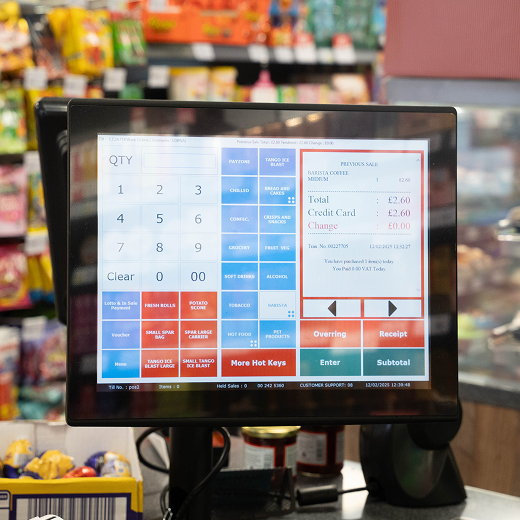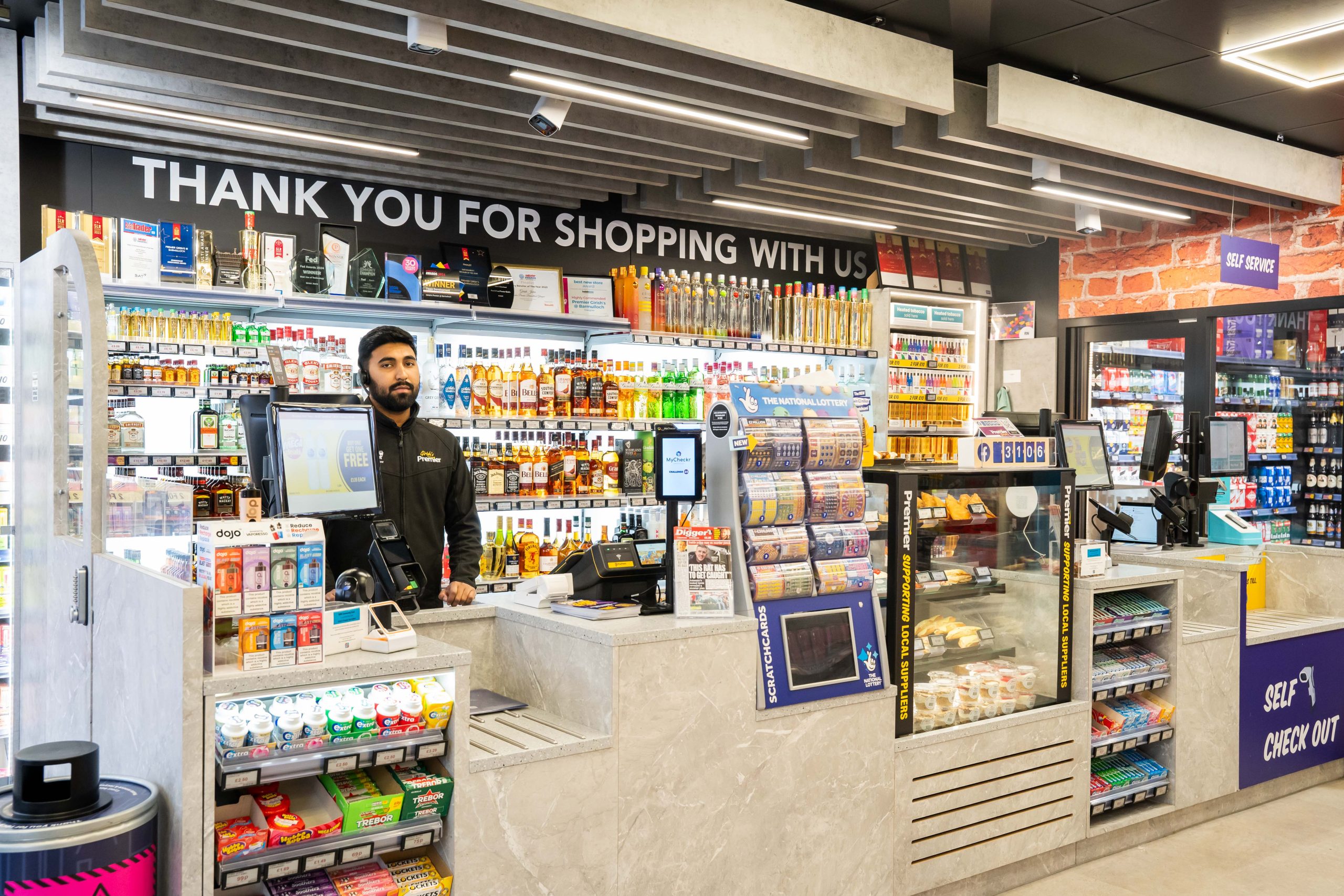In today’s competitive retail landscape, data is power. The ability to track sales trends, understand customer behavior, and make informed decisions can mean the difference between stagnation and growth. That’s where MPOS Retail by Mhouse comes in—equipping retailers with advanced data analytics tools to optimize pricing, improve inventory management, and boost sales.
In this blog, we’ll explore how data-driven insights from MPOS Retail can help retailers sell smarter, reduce waste, and increase profitability.
Why Data Analytics is a Game-Changer for Retailers
Gone are the days of relying on guesswork. Modern retailers need real-time insights to:
✔ Identify best-selling products (and avoid dead stock).
✔ Adjust pricing dynamically for maximum profit.
✔ Personalize promotions to increase customer loyalty.
✔ Forecast demand and optimize inventory.
With MPOS Retail’s built-in reporting tools, retailers can access these insights instantly—no spreadsheets or manual calculations required.
How MPOS Retail’s Analytics Tools Drive Sales Growth
1. Track Sales Trends & Identify Best Sellers
- Real-time sales dashboards show which products are flying off shelves and which are underperforming.
- Seasonal trend analysis helps you stock up on high-demand items before peak seasons.
- Category performance reports reveal which departments drive the most revenue.
Example: A convenience store using MPOS Retail noticed that energy drinks sold 3X more on weekends. They adjusted their promotions and stock levels accordingly, increasing weekend sales by 15%.
2. Optimize Pricing for Maximum Profit
- Margin tracking highlights which products deliver the best ROI.
- Competitor price comparisons help you stay competitive without sacrificing profits.
- Discount impact analysis shows whether promotions actually boost sales or just cut into margins.
Example: A boutique retailer used MPOS Retail’s pricing reports to discover that mid-range priced items had the highest turnover. They adjusted their pricing strategy, leading to a 12% increase in overall revenue.
3. Improve Inventory Management & Reduce Waste
- Automated low-stock alerts prevent out-of-stock situations.
- Dead stock reports identify slow-moving items that need clearance sales.
- Supplier performance analysis helps you negotiate better deals.
Example: A grocery store using MPOS Retail reduced food waste by 20% after identifying which perishables often went unsold and adjusting orders accordingly.
4. Enhance Customer Retention with Personalized Insights
- Purchase history tracking reveals buying habits for targeted promotions.
- Loyalty program analytics show which rewards drive repeat visits.
- Customer segmentation helps tailor marketing campaigns.
Example: A fashion retailer used MPOS Retail’s customer data to send personalized discount offers, resulting in a 25% increase in repeat purchases.
5. Forecast Demand & Plan Smarter
- Historical sales data predicts future trends.
- Peak hour analysis optimizes staff scheduling.
- Multi-store comparisons highlight top-performing locations.
Example: A retail chain used MPOS Retail’s forecasting tools to allocate inventory more efficiently, reducing overstock costs by 30%.















